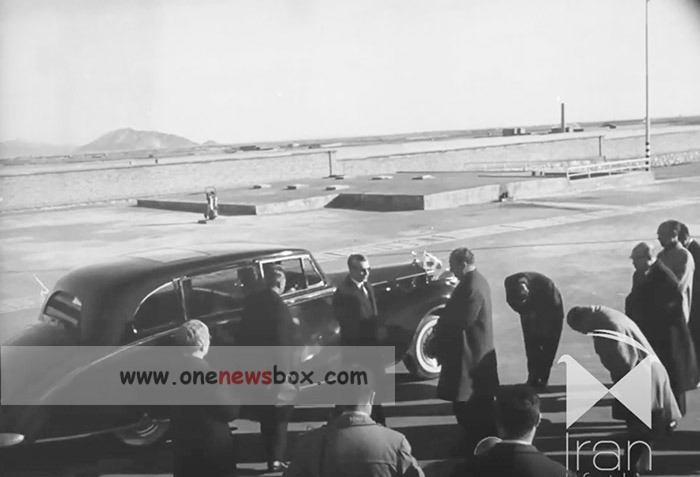The economic policies and development model adopted by the regime of the Shah of Iran, particularly through the application of trickle-down economics, played a significant role in shaping the socio-economic landscape of the country during the mid-20th century. While the regime’s goal was to stimulate growth and create a more equitable distribution of wealth, the actual outcomes were far more complex, leading to a widening divide between the wealthy elite and the broader population. In theory, the trickle-down model should have allowed wealth generated at the top to gradually spread to lower levels of society, improving the livelihoods of ordinary people. However, as history showed, this approach often resulted in the concentration of wealth at the top, leaving the poor and middle class with little benefit.
At the heart of the Shah’s economic strategy was the funneling of Iran’s vast oil wealth to the elite members of his court. These individuals, mostly well-connected members of the political and business class, utilized their privileged access to resources to build factories, companies, and various industrial units. While this strategy was designed to create a vibrant economy, the wealth generated from Iran’s oil exports failed to reach those who were most in need. Instead of trickling down to the broader population, wealth accumulated among the few. As the wealth moved from the upper echelons to the lower levels of society, it lost much of its value, much like ice melting in hot water. This economic inefficiency meant that the majority of Iranians saw little improvement in their quality of life despite the country’s growing economic prosperity.

